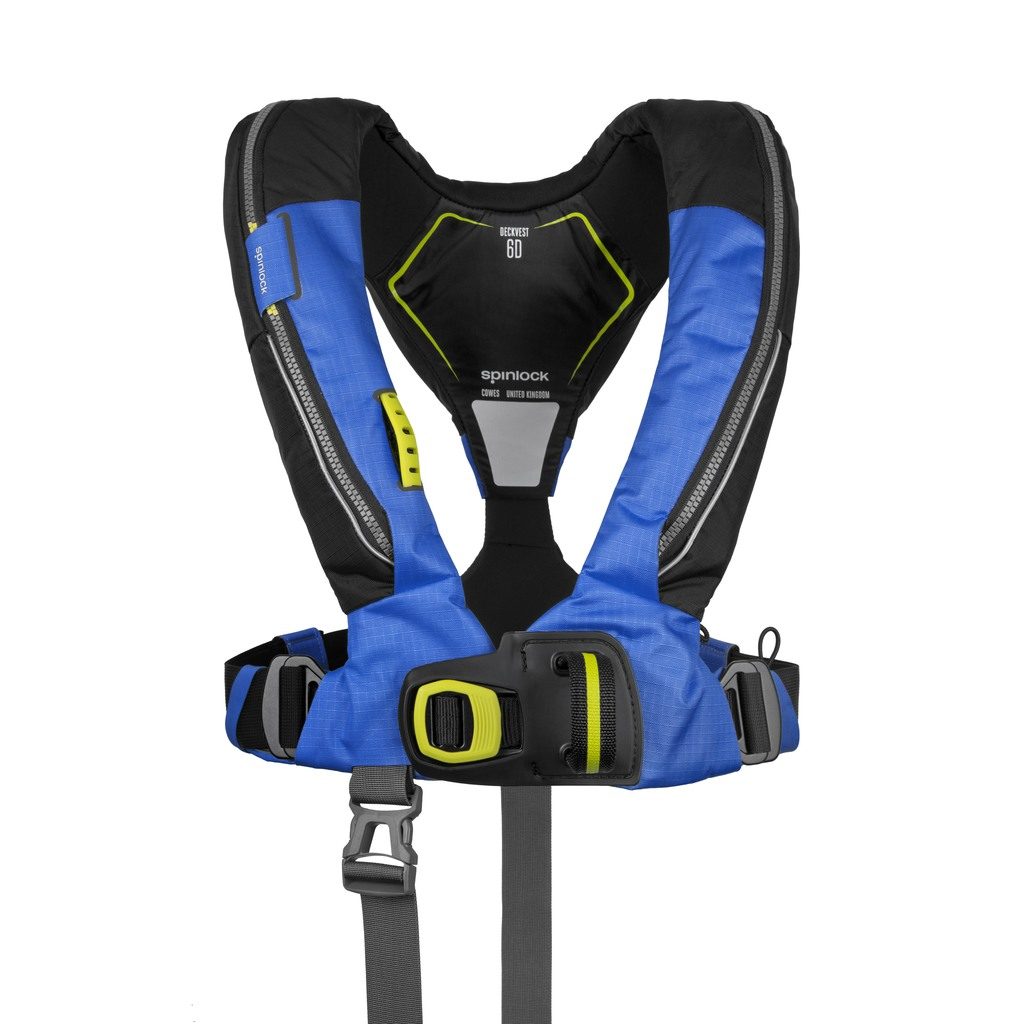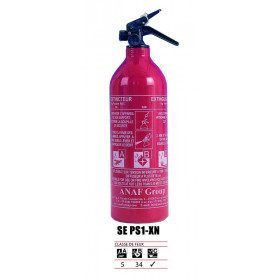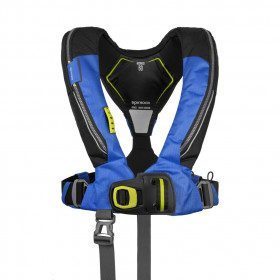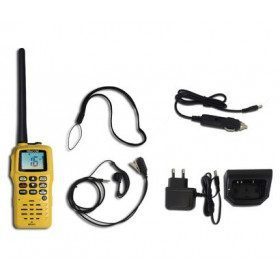The 5 safety tips for navigation at sea

The good weather is coming and so is the time to take your boat out. If you can't forget how to sail, it is always advisable to review a few essential notions before setting sail again. To ensure that sailing remains a real pleasure, we invite you to follow these valuable safety tips.

#1 Check the condition of the boat and safety equipment
After wintering, it is important to carry out a complete check of the boat: engine, rigging, hull, especially during refit, rudder, navigation light, etc. If you are renting, check the condition of your boat to avoid any unpleasant surprises: for this, you can rely on the Special Inspection Register, which is a regulatory document that the rental company is obliged to make every year and make available to you with the rental contract.
Check the safety equipment , whose location and operation must be known to all so that it can be used quickly and effectively. In particular, it is essential to check that the life jackets to the morphology (weight and height) of the crew.
To help and guide you, we invite you to use our maintenance booklet available for free download by clicking here.
#2 Take into account the weather and tides
Weather conditions are an important component of safety when going out on the water. It is therefore imperative to consult the weather forecasts available from Météo Marine, France Inter or Météo France before setting off, and to monitor their evolution until you return to port. For the weather, you must take into account :
- The BMS weather alerts issued by the CROSS on the VHF (channel 16 every hour) and also available on all marine weather bulletins.
- The wind strength and gusts in Beaufort which will have a direct effect on your ability to manoeuvre and on the sea state
- the sea state (wind and swell) which is measured in metres of waves and which affects the safety of your navigation
Finally, for the areas concerned, don't forget to take note of the tide information: coefficient, times and water heights.
#3 Wear a lifejacket
It cannot be said often enough, a personal flotation device, more commonly known as a lifejacket or life jacket, when worn correctly, is an essential safety element for anyone who is about to go boating or practise a nautical activity. At the Maritime Affairs, it is customary to say that "100% of the people who wore a lifejacket were rescued and had their lives saved. It is the best ally to ensure your safety on board. It allows you to stay afloat if you suddenly or unintentionally fall into the water, reduces the initial impact of a fall into the water and can get you to safety. Adult or child, everyone should wear a lifejacket at all times, including good swimmers.

Deckvest 6D 170N UML Lifejacket
#4 Share your knowledge
Show each crew member, if they are not experienced, how to break down, drop an anchor, use the ship's radio and send a distress message.
#5 Stay on board
Stay on board: never leave your boat while it is floating. In case of trouble, they are easier to spot than a man overboard.
.png)
Linked products









 By Marie de Picksea
By Marie de Picksea